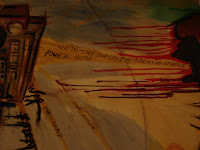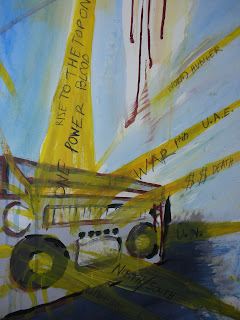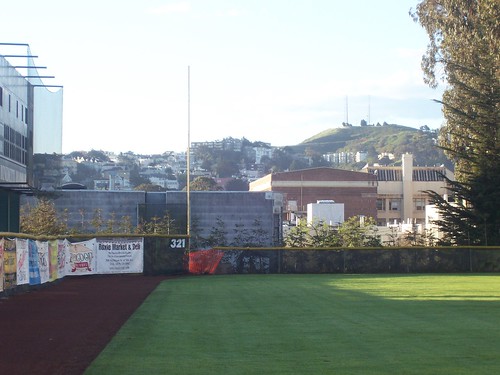
Blogs for digital journalism students, I’ve realized after rummaging through countless blogs trying to find one that is not only helpful to me as a student, but interesting enough for me to keep reading, are like dessert after a good meal. The meal, of course is reading credible sources like Time Magazine or National Geographic and newspapers, actually writing, and perhaps even listening to our professor once in a while. I hear they know some stuff.
The blog I found most interesting is called “My year of getting published” about a writer who is proactively trying to get published. The “Kiwi writer” (she's obviously from New Zealand) wants to become a travel writer, which I myself would love to do one day. She interviews other travel writers, her latest, Rudy Maxa from National Geographic Traveler. "Write, write, write and then write some more," Maxa explained. "Read travel magazines you want to write for so you can learn what kinds of articles they want. Read writers you like. Then look at how they structured their stories. Figure out what they had to do to get the stories and quotes."
This blog also has many resources for people who are trying to learn to write better, as we are in this class, and those who want to get published and quit their day jobs. Her blog offers other blogs for writers as well. There is a weekly five top blog posts for writers. “Writers block, unblocking the blank screen” is bound to offer some potential advice to just about anyone.
Another feature in this blog is information on different journalism conferences. She offers writing tips, travel writing contests so we can get involved if we want, photojournalism tips, and all the different writing blogs she visits daily. I found this interesting because of titles like "the six figure writer," "the write path," "writer in the making," and "mad young thing" (seriously, the greatest title ever).
Now, the reason this blog is deserving of our very exclusive feevy is because this "kiwi writer" talks about something we all go through, especially in a journalism class. She is going through a process. Just as Ira Glass explained in his video, creativity and success happens over time. We have to make mistakes, try, get out there, try, and most of all, write. I like that "The Kiwi" is learning and trying and we can do this with her. She is also interviewing some pretty interesting people with valid advice to give, and we can all learn from them.
Now, get your dessert forks ready, because this blog is bound to be an irresistible icing on the cake.




























 It wasn’t all fun and games; the campus bar’s beer license had strict rules to follow. Only beer could be served, no wine or hard liquor were permitted. No beverages were allowed to leave the premises. Only persons 21 years of age and older could enter the bar. An adult was to remain at the entrance each night and require two IDs from patrons, one with a photo.
It wasn’t all fun and games; the campus bar’s beer license had strict rules to follow. Only beer could be served, no wine or hard liquor were permitted. No beverages were allowed to leave the premises. Only persons 21 years of age and older could enter the bar. An adult was to remain at the entrance each night and require two IDs from patrons, one with a photo. *James W. Kelly Jr., Director at Office of Public Information at USF (1973) – quoted many times in numerous articles on USF’s bar
*James W. Kelly Jr., Director at Office of Public Information at USF (1973) – quoted many times in numerous articles on USF’s bar
















